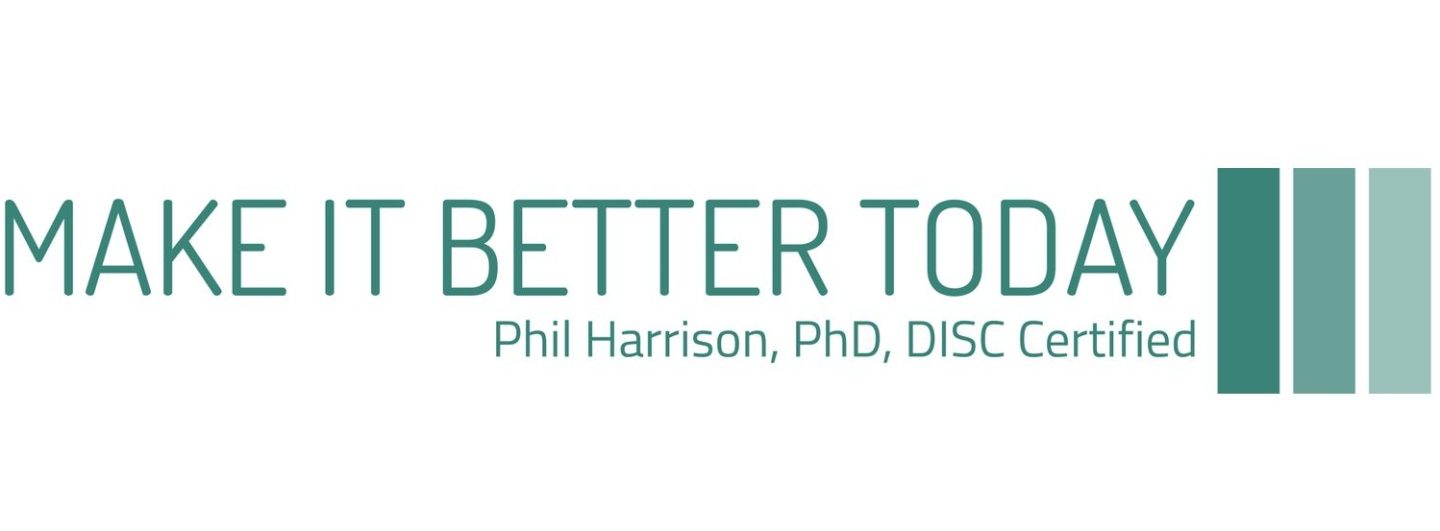 If you haven’t asked students to dig deep into content through reading in quite some time, now might be a great time to do so. In the book Teaching for Deeper Learning: Tools to Engage Students in Meaning Making authors Jay McTighe and Harvey Silver share the following tools for helping students read for understanding (pp. 56-66):
If you haven’t asked students to dig deep into content through reading in quite some time, now might be a great time to do so. In the book Teaching for Deeper Learning: Tools to Engage Students in Meaning Making authors Jay McTighe and Harvey Silver share the following tools for helping students read for understanding (pp. 56-66):
- Power Previewing: Teach students to skim the chapter and make a mental note of all the section headings, bold print items, graphic material (charts and such), and questions at the end of the chapter. This will help them prepare for deeper reading.
- Scavenger Hunt: Prepare a list of questions or items ahead of time and provide those to the students as a scavenger hunt during reading. Students will write down responses to the clues provided and make notes as they read.
- Single-Sentence Summaries: Ask students to summarize – using one sentence only – sections of the texts as they read along. This will help students identify the important information as they read and will provide them with notes.
- Reading Stances: Teach students about the four primary reading stances (literal, interpretive, personal, and critical). Have them read a text using each of these stances in order to gain a better overall perspective of the content.
- Reading for Meaning: Before reading, have students preview the text following a provided set of statements or questions. During reading, students use the statements or questions to guide them. They collect notes related to the statements or questions. After reading, students provide summaries related to the statements or responses to the questions provided.
As you prepare for next week, consider ways you could apply one or more of these tools to your reading assignments. Your students will go deeper into their content and learn more in the process.
